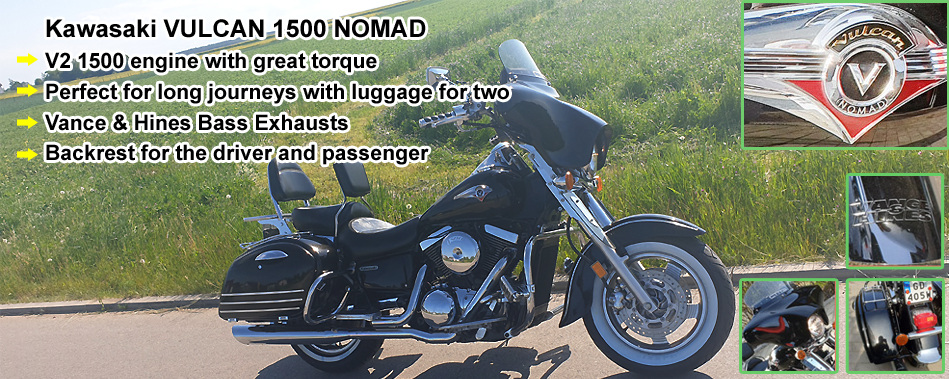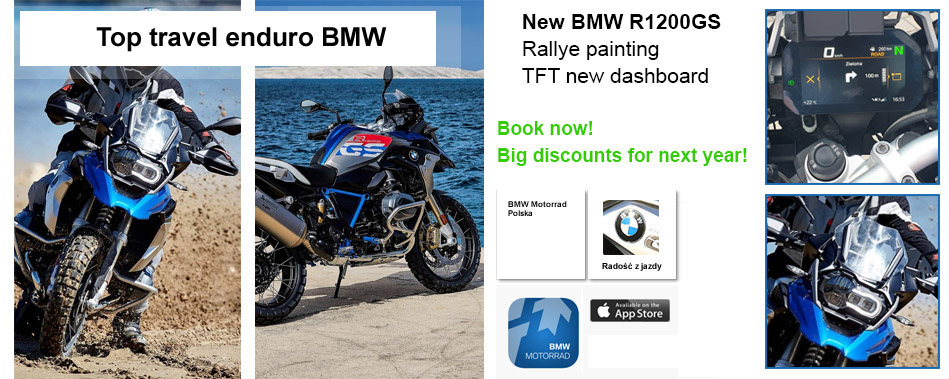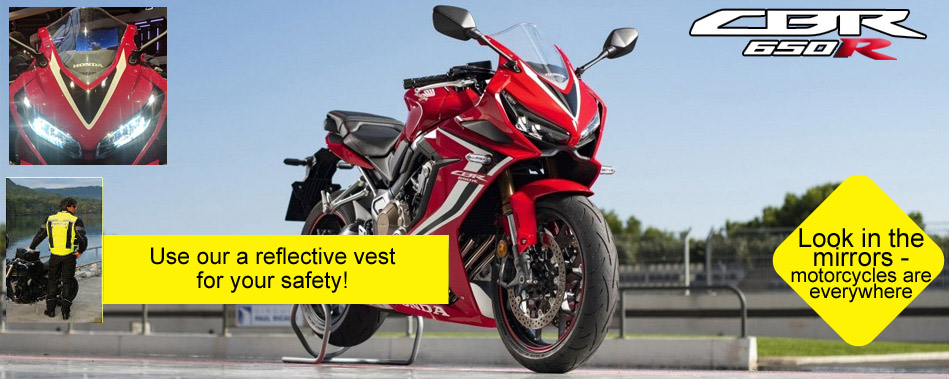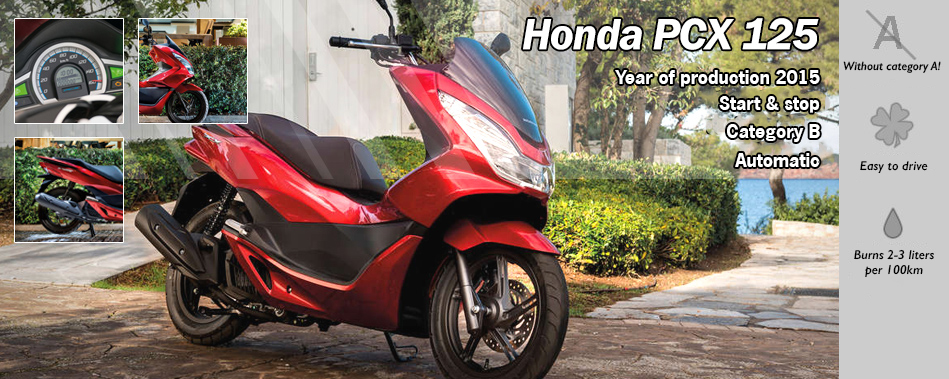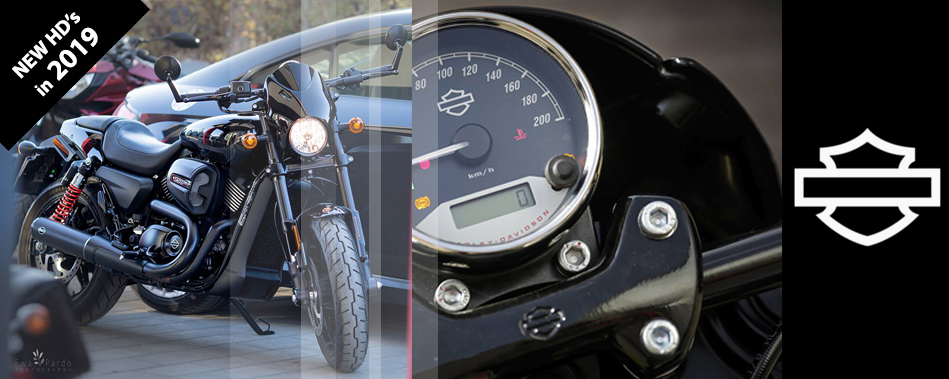TDM innovative, but useful
Yamaha's innovative concept has been working for 17 years. The traditions of the famous TDM 850 have successfully continued the "nine hundred" since 2002
Combining a sports, touring and enduro motorcycle in one project seemed a breakneck task. And yet Yamaha undertook this work and entered the nineties with a motorcycle that broke all construction canons. Open frame Deltabox type, born in Grand Prix races and vividly taken over from sports machines, high suspensions comparable with classic enduro, wide fairing and comfortable sofa, typical for tourist cruisers - this has not happened yet. At least in 1990, when all the features of TDM 850 were presented.
The innovative two-wheeler could not, of course, be equal to the performance of sports cars, or defeat the wilderness as fast as the true enduro. But also no sports motorcycle was as comfortable as TDM 850, and no enduro was so fast. This specific versatility has created a new construction for many supporters. She convinced herself and young and older, less experienced and old people. Riding almost every day, and those who reach for a motorcycle from time to time. A machine for every occasion, where everyone can find something for themselves, without the need to accept far-reaching compromises.
New chapter
Yamaha could never complain about the sale of TDM 850. But even the best motorcycle requires a thorough modernization after some time. This is enforced by market realities, competition moves, technical progress, new emission standards and noise. The first major innovation was the use of the TRX 850 engine in 1996, with crankshaft arms angled 270 degrees. It is worth recalling that TRX was once Japanese "antyducati", with exposed lattice frame and in-line, two-cylinder engine working similarly to V2 90. And this engine, with a specific rhythm of work and racial sound, went to TDM 850.
For the 2002 season a new motorcycle was prepared, with a cubic capacity increased to 897 ccm. But not only because the drive unit has gained several horsepower. It also owed it to the use of fuel injection in the place of carburetors. The flue gas cleaning was entrusted to the after-combustion system and multifunctional catalyst installed in the exhaust system of high-grade steel. The gearbox has been enriched with an additional gear ratio. The chassis was successfully compared to the best "sport" class designs - aluminum frame and swingarm, extremely light, three-spoke alloy wheels, braking system borrowed from YZF-R1. The whole was 15 kg lighter than the predecessor. Here is the measure of progress that can be made during one modernization of a two-wheeler. Let us add that since 2005, the ABS anti-skid system is available in the TDM 900.
Power of strengths
One could have expected the Yamaha concept to be copied. The idea did indeed find imitators, but not so fast. The development of two-wheelers, which would equally well combine opposing features, required a lot of time. Real competitors, who could make an equal market fight, TDM was actually only when it was already ninety. It turned out then that despite the passage of years, the versatile Yamaha did not give way to others and was still an attractive proposition for all those who wanted to drive quickly and comfortably. Comparative tests have proven this. One of them, carried out at the end of 2005, TDM 900 lost only to the BMW R 1200 GS, a higher-capacity motorcycle. She defeated not only rivals - KTM 990 Superduke, Ducati 1000 S and Buella Ulysses XB 12 X. At the same time, not only the individual components were praised - the support system for stability, brakes for efficiency, engine for dynamics - but also the overall concept of the motorcycle.
TDM has demonstrated excellent performance at the level of sports motorcycles, while guaranteeing high driving comfort and very good protection against the momentum of air and precipitation. An additional advantage was the large tank, which, combined with the small demand for fuel, provided more coverage than its competitors. This is the TDM 900 also in daily use. But both tests and practical use have exposed the weaknesses of this model. Above all, the nagging reactions to changes in the engine load and the high-mounted couch, troublesome for less experienced drivers.
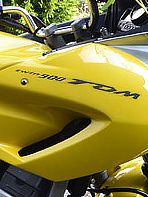
Yamaha TDM900 Fi is a universal and very useful road motorcycle with a slightly elevated suspension. It performs excellently in corners and on 2nd and 3rd class asphalt. TWIN engine with connecting rods spaced at an angle of 270 degrees makes the working engine has the character of a V system, despite the position of the cylinders side by side parallel. This means high torque from low revs.
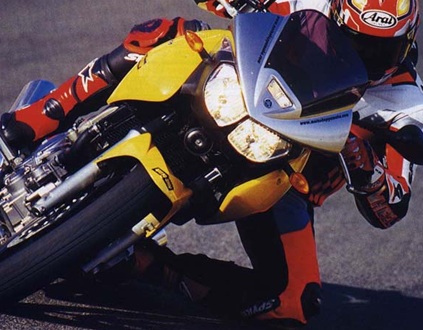
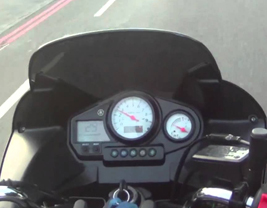

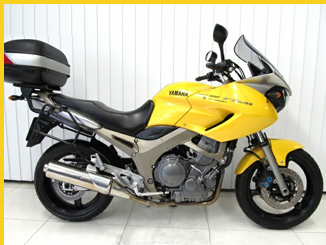
The central trunk GIVI 45 liters allows basic equipment to pack for the trip. Adding saddlebags and tankbag allows you to pack up for the long trip for 2 people.

TECHNICAL DATA
| MOTOR | . |
| Type: | four-stroke, liquid-cooled |
| system | two-cylinder, in-line |
| Timing: | DOHC, 5 valve the cylinder |
| Displacement: | 897 ccm |
| Bore x stroke: | 92 x 67.5 mm |
| Compression ratio: | 10.4: 1 |
| Maximum power: | 63.4 kW (86 hp) at 7500 rpm |
| Torque: | 89 Nm at 6000 rpm |
| Power | fuel injection passage 42 mm |
| Grease | with a dry sump |
| Start: | electrical |
| Alternator: | 441 W |
| Battery: | 12 V, 10 Ah |
| Ignition: | electronic microprocessor |
| TRANSMISSION | . |
| The engine-transmission gear | gears |
| Clutch: | multi-disc wet |
| gear box | six- |
| rear wheel drive: | string |
| CHASSIS | . |
| Frame: | open dorsal side, aluminum |
| Front suspension: | telescopic 43 mm, stroke 150 mm |
| Rear suspension: | arm dragged, central resistive-damping element, stroke 133 mm |
| Front brake: | Disc, number, 298 mm, terminals permanent four- |
| Rear brake: | Disc, 245 mm, single-piston floating caliper |
| tires spinning / rear: | 120/70 ZR 18 / 160/60 ZR 17 |
| DIMENSIONS AND WEIGHT | . |
| Length: | 2180 mm |
| width: | 800 mm |
| Height: | 1290 mm |
| Seat height: | 825 mm |
| Wheelbase: | 1485 mm |
| The angle of inclination: | 64.5 deg. |
| Weight without fluid | 190 kg |
| The mass of the vehicle in running: | 223 kg |
| Maximum weight: | 424 kg |
| Fuel Tank: | 20 l |
OPERATING DATA
| PERFORMANCE | . |
| Maximum speed: | 210 km / h |
| Fuel consumption: | 4.6 l / 100 km |
| Accelerate | 0-100 km / h 3.7 seconds; 0-140 km / h 6.8 s; |
| OPERATIONAL DATA | . |
| Technical overview: | every 10 000 km |
| Oil | every 10 000 km |
| Engine Oil: | 20W40 3.9 l |
| Oil telescopic | 10W 130 / 130mm |
| Valve clearance with cold engine: | Suction: 0,15-0,20 Exhaust: 0,23-0,28 |
| Spark plugs: | NGK DPR8EA-9 |
| electrode gap spark plugs: | 0.8-0.9 |
| Tyre pressure: | spinning & oacute; d backward 2.5 2.5-2.9 |

Effective dual reflector
Increased glass gives comfort at 140-180 km / h

Movie
Gallery













